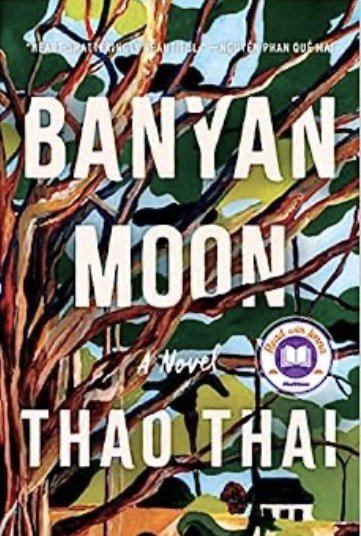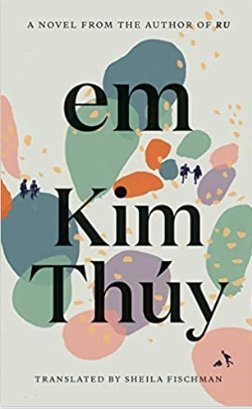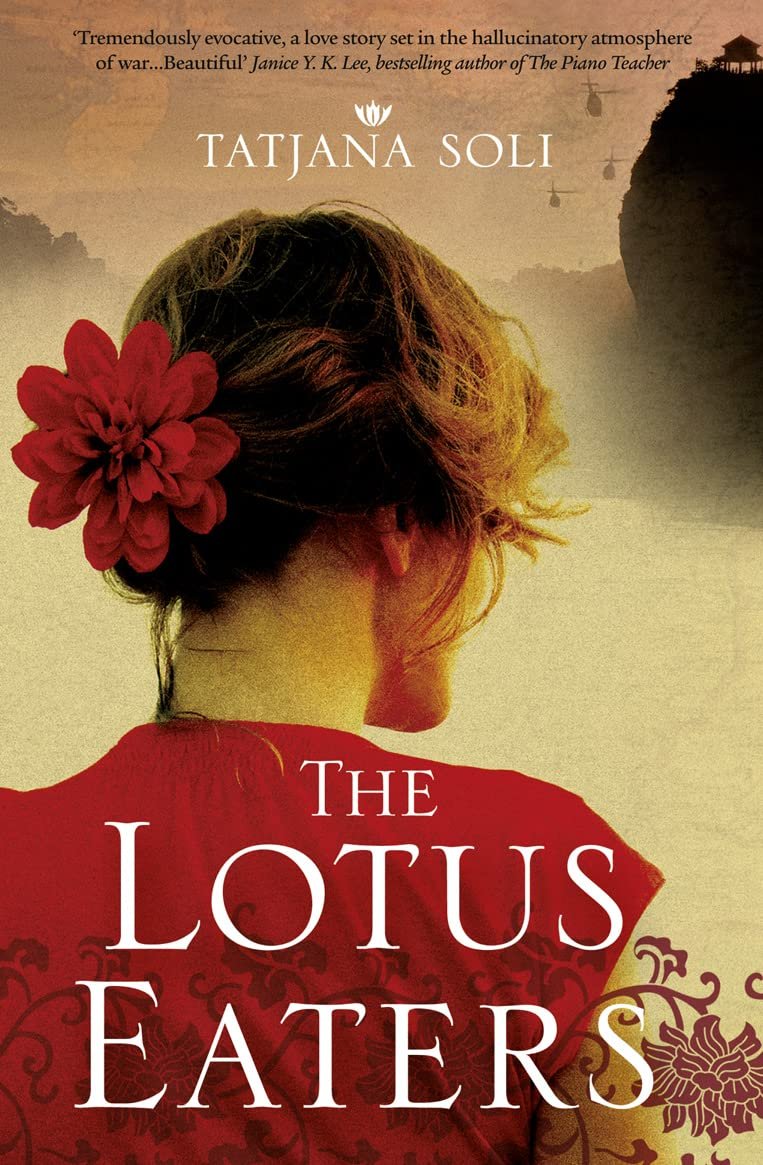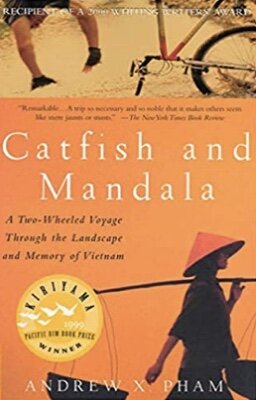Someone took her picture as she stood in line, waiting for her turn. Her eyes were wide, excited, and completely alive, her jaw was set, two cameras were draped around her neck. As she fell, she photographed the bodies in parachutes, hundreds of them, and she was one of the guys.
This is what LeRoy wanted. The only woman photographer for two years In a world of men, she proudly announced “They forget I’m a gal.” In fact, she was so little that often the troops forgot she was there at all. “Timid, skinny, very fragile,” her mentor Horst Faas described her after their first meeting. She was young too, arriving in Saigon on a one-way ticket soon after she turned 21.
Her goal was to become “a man amongst men,” although she was able to personify French female chic when she chose to. Told by other photographers, “This is for boys,” she almost lost her press credentials because she became “too loud, too coarse.” But her photographs were what saved her, along with her unflagging courage. From the hills of Khe Sanh, she took intimate battle portraits of the troops. “Where were you,” one of them asked her when he saw his face in the papers, “I didn’t even see you.” But she saw them. She loved them, and she stuck with them.
When she left Vietnam after almost three years, she was exhausted. She’d been captured by North Vietnamese troops during the battle of Hue, was allowed to take their photographs, and was released in a matter of hours. She had been hit by mortar fire, was carried off in a stretcher with 35 holes in her body, and came back to take more photos. “I follow this profession out of love,” she said.
She returned to Vietnam to witness the fall of Saigon, photographing the rising of North Vietnam’s flag in the Presidential Palace. She died of cancer before she was forty, leaving a book as her legacy, Under Fire: Great Photographers and Writers in Vietnam.
Frances Fitzgerald arrived in Saigon when she was 25, in the same month of the same year as Cathy Leroy, although the two of them might never have met. The daughter of a CIA deputy director, Fitzgerald had money and connections, as well as a burnished beauty. She flew in on a round-trip ticket and planned to move on to Singapore but soon after her arrival she met the Washington Post reporter, Ward Just. The two of them immediately embarked on a relationship that would last for years, one that gave Fitzgerald instant access to information and a shield from the sort of gossip that had tried to demolish Catherine Leroy.
Unlike other women journalists in Vietnam, Fitzgerald had no need to scurry after work. She came to Vietnam with highly placed publishers as her friends. “Every article she sent was published: in the Daily Telegraph Magazine, Vogue, the New York Times Magazine, and the Atlantic Monthly.” With a mother whose closest friend was Adlai Stevenson and a father who was a man with political clout, Fitzgerald had been given 100,000 dollars when she graduated from Radcliffe (a sum worth 830,000 dollars in 2019). She had the luxury of writing whatever she wanted. As Just said, “She was looking at things in a completely different optic,” not soldiers on the battlefield but the logistics of the war, “the aid missions that didn’t work,” the destruction of villages. Her focus was one that which Just would adopt himself, years later, in his novel A Dangerous Friend.
Fitzgerald’s landmark book on Vietnam, Fire in the Lake, won the Pulitzer Prize, the National Book Award, and the Bancroft Prize for history, remaining a classic of its time.
She would return to Vietnam in 1974, reporting from Hanoi in a twenty-three-page New Yorker article, still wrapped in the privilege that allowed her to exercise her brilliant talent. Of the three journalists profiled in this book, she’s the only one who’s still alive.
Kate Webb also came to Saigon in 1966, eight months after Fitzgerald and LeRoy, when she was 23. Like LeRoy, she arrived on a one-way ticket with no assurance of a job. Even though she’d left Australia as a reporter with Rupert Murdoch’s Mirror, her offer to serve as a Vietnam correspondent for that paper was greeted with “general laughter.” She freelanced for her first year in Saigon until she made a name for herself with her report on the Tet Offensive which she described as “a butcher’s shop in Eden.” After first rejecting her earlier with “What the hell would I want a girl for,” UPI finally hired her to report on “second tier” stories, not the battles but the “political machinations” of the South Vietnamese government and military. Like Fitzgerald, Webb looked for the “context,” the historical and political movements behind the drama of the war. When she was sent into the field, she wasn’t afraid to use “strong personal narrative,” her own and those of the soldiers. Webb ‘s goal was to replace the “impersonal language of an Army war report,” which she did with precision and without sentiment.
Perhaps because of what had been done to Catherine LeRoy, Webb became a loner. In the competitive world she worked in she had “no enemies,” and was known as the kind of person who drank whiskey in opium dens. She hated being called a “girl reporter,” as much as she disdained women’s liberation. She was a journalist, pure and simple.
Then this journalist who believed in keeping a low profile became the story. Captured with colleagues in Cambodia, Webb marched with her North Vietnamese captors for 23 days and discovered when she was released that her obituary had appeared in the New York Times. The first words she heard as a free woman were “Miss Webb, you’re supposed to be dead.”
Suddenly the journalist who had always maintained her distance was a media star--and she was deathly ill. Diagnosed with cerebral malaria, Webb was put into a coma and submersed in an ice bath, becoming, as she said later, a “living martini” for weeks.
In crucial ways, Webb never recovered. Her nerves were shattered and her drinking increased. UPI sent her to Hong Kong, where she was on the desk typing messages back and forth with a Khmer reporter the night Phnom Penh fell. When he told her he had to sign off because the Khmer Rouge had found him, Webb began drinking martinis without stopping until she was carried out of the bar at four the next morning.
She filed stories from the USS Blue Ridge navy command ship when “more than 6,000 people, including about 900 Americans were flown out of Saigon,” as she wrote in her last report from Vietnam. She died when she was 64, of cancer, on an Australian farm, with the knowledge that she told her own story in her own words, with her own facts, in On the Other Side, ending it with the wish that she could have a beer someday with the men who had captured her.
LeRoy, Fitzgerald, and Webb eclipse the author who wrote about them while inserting herself prominently in the opening and closing pages of You Don’t Belong Here. Although her writing is flat and mediocre, Elizabeth Becker deserves thanks for bringing the work of these journalists back into public attention. With luck LeRoy’s and Webb’s books may come back into print, joining Fitzgerald’s as an illumination of a time and place that we need to remember.~Janet Brown



















